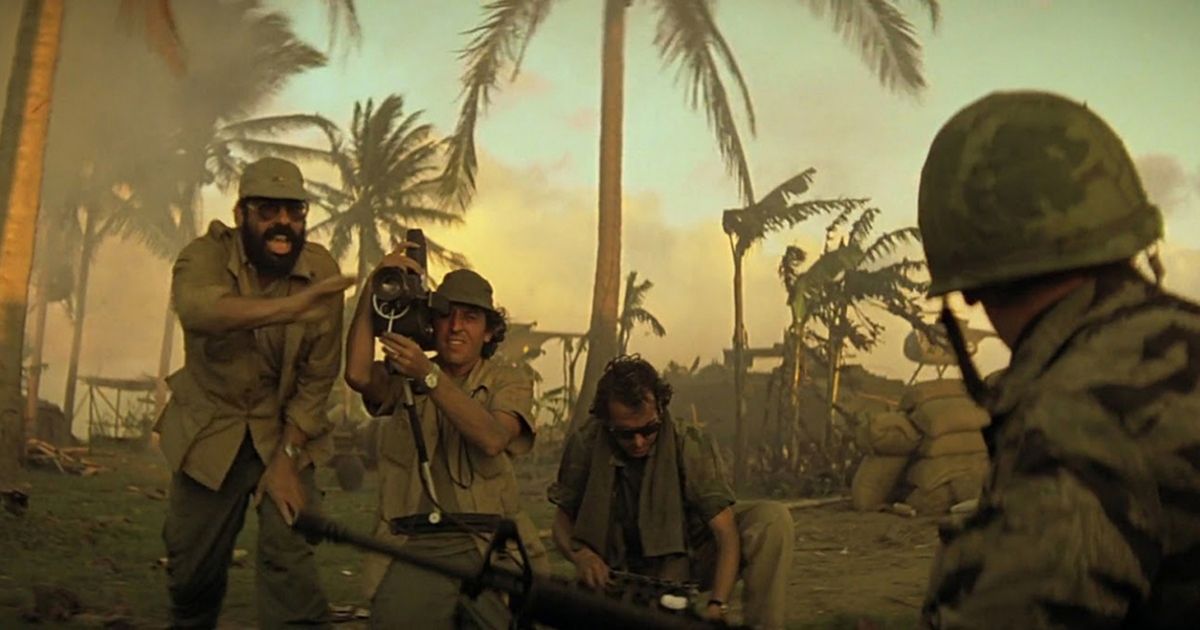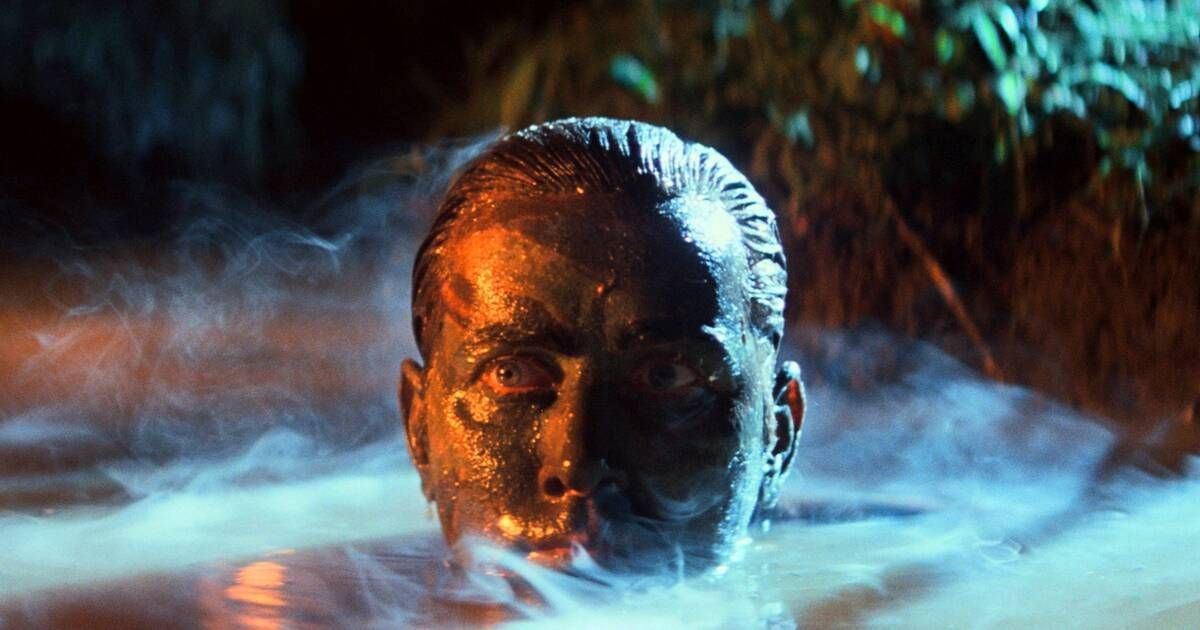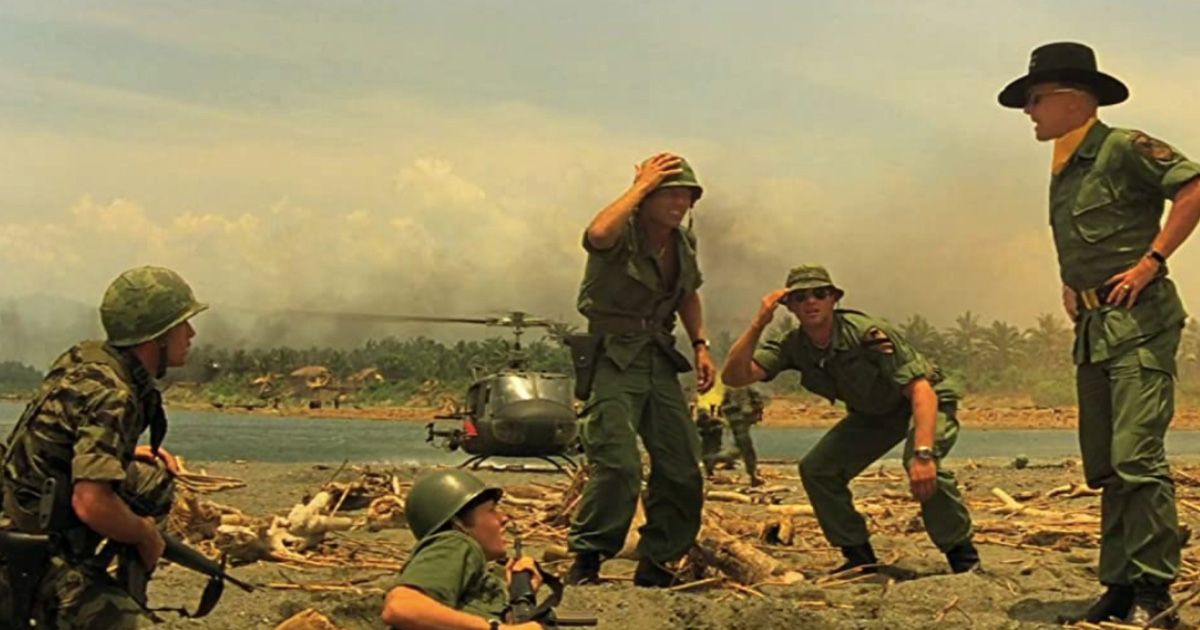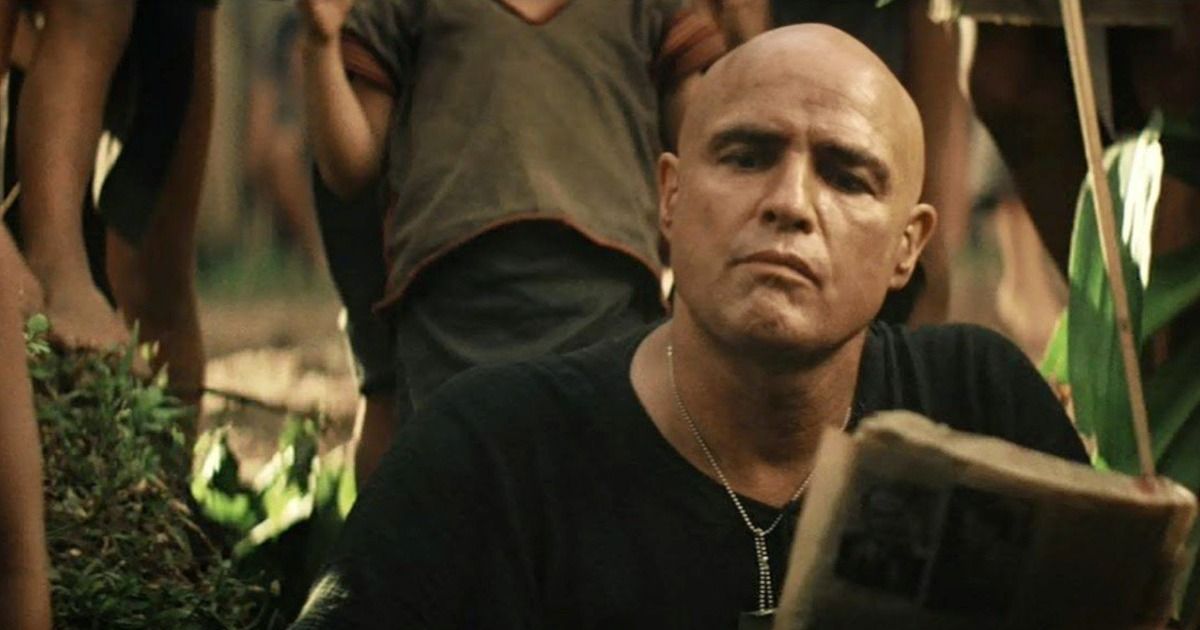Francis Ford Coppola is regarded as the modern-day godfather of filmmaking. With films such as The Godfather Trilogy, Apocalypse Now, and Bram Stoker’s Dracula, Coppola finds himself comfortably seated among the crème de la crème of filmmakers. Over the past few years, the world has seen many filmmakers take on mega-budget productions. Backed with a star-studded cast, veteran technicians and most of the film fraternity at their beck and call, the makers leave no stone unturned in their pursuit of perfection.
Unfortunately, in more cases than not, there is a lacuna between the output and the input, with mega budget films producing catastrophic results, in some cases bankrupting the financiers in the process. Apocalypse Now, is a rare exception to this somewhat overlooked norm. Based on Joseph Conrad’s novella, Heart of Darkness. 40 years before Coppola presented his Magnum Opus to the world, the legendary Orsen Welles attempted to adapt Conrad’s story but eventually could not see the project through.
Touted as a Herculean task right from its onset, the production of the film was plagued with ill omens and obstacles. Though what sets Apocalypse Now apart from the other big-budget films plagued with production problems is Coppola’s never-ending, self-destructive, all-encompassing passion for his craft. Apocalypse Now is a case study of how one man leveraged everything, ranging from material possessions to familial ties, from mental health to physical exhaustion, all for the sake of artistic integrity.
Harvey Keital Was Originally Cast As Captain Willard
During the early stages of pre-production, Apocalypse Now was to be directed by George Lucas, with Coppola playing the role of a producer. But Lucas got busy with other projects, which eventually led to Coppola taking over. The original plan was to shoot in the Philippines for a few months, since set construction there would be much cheaper and cost-effective compared to back home in the States.
As is mostly the case with filmmaking, nothing ever really goes to plan. Upon the crew's arrival in the Philippines, the film's leading actor, Harvey Keitel, didn’t do much to impress Coppola. Keital lacked a certain stillness possessed by his character, Captain Willard, which Coppola was deeply relying on. Deciding to cut his losses, Coppola let go of Kietel and cast Martin Sheen as Willard. His brief for the characterization of Capitan Willard was not simple and instantly put a strain on Sheen’s emotional reserves eventually culminating in a heart attack.
The Philippines Government Frequently Called Back Their Air Force
Another frequent set-off obstacle faced by Coppola and the team were the untimely interjections of the Philippine Government. When Coppola was about to film the interaction between Martin Sheen and Robert Duvall, a scene of epic proportions that involved hundreds of extras, fighter helicopters, and multiple explosions. Right after the crew rehearsed and were ready to go for a take, the government called back the air force they lent to Coppola, citing the need for them to combat the rebel insurgency.
To make matters worse, production came to a standstill when the Philippines was hit by typhoon Olga. Destroying multiple sets constructed by Coppola and the team, causing the filming to halt for a few months. This unfortunate event caused catastrophic damage to the nation as well as Coppola’s production budget. Some crew members were sent back to the States, while Coppola regrouped with his think tank to figure out a forward path.
The film, as predicted by many overshot its original budget, and it boiled down to Coppola to figure out a way to raise money for the completion of the film. Coppola then decided to mortgage his Spanish vineyard and put it up as collateral for the banks... Overcoming moments of vulnerability and borderline suicidal tendencies, Coppola’s grit and determination saw him back in the Philippines and ready for Marlon Brando.
Marlon Brando Arrived Overweight and Under-prepared.
When Coppola first saw a bald, obese, and under-prepared Brando, he had a panic attack. But the writing was always on the wall. Brando wanted a large sum of money to do the film and had made it clear that he was available only for a few weeks. Any spillover would come at a cost. After being coaxed and coated, Brando finally agreed and flew over. Upon his arrival, he wasn’t aligned with the novella Coppola had asked him to read and was adamant that Coppola rewrite the ending based on his feedback, not accounting for the delay it would cost in production. Adding to Coppola's horror, Brando did not account for the standstill and expected to be paid extra money in the event of a spillover.
The next few days were tougher than Coppola could ever anticipate. Dealing with a spoiled and unprofessional actor, while putting up his own money to finance the film eventually got to him. With recurring themes of suicide and hopelessness being an everyday part of his life, Coppola somehow rallied through for the last lap of the film.
With everything he owned on the line, Coppola had no choice but to finish the film and work with what he had. Diving into the deep well of determination within him, Coppola somehow curbed and reigned in Brando, extracting a deeply dark and unsettling version of the mad Colonel Kurtz. Finally, the film that many thought would not see the light of day was finished. The apocalypse was over.
Apocalypse Now opened at the prestigious Cannes Film Festival, winning the ultimate Palme d’Or. It was also nominated for seven Academy Awards, out of which, it won one. To date, Apocalypse Now has grossed over 80 million dollars and remains the best war film to have ever been made.




